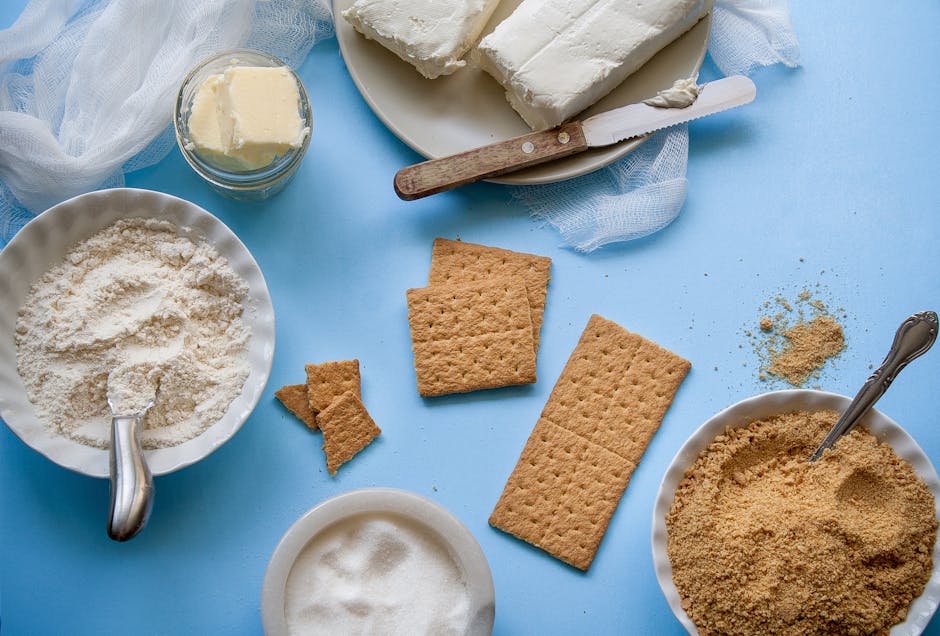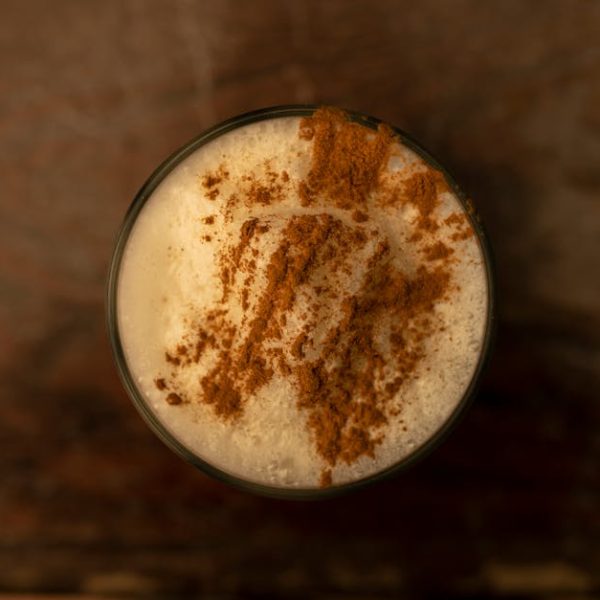The idea of freezing butter may seem a tad unusual to some individuals, but there is plenty of rational reasoning behind it. Humans have been refrigerating—and indeed freezing—food for preservation purposes for centuries. Among the preservation techniques, freezing food remains one of the most effective ways to extend its shelf life and maintain quality. Specific to dairy products like butter, freezing can help to prevent spoilage and conserve the butter’s delightful flavor over a longer period of time.
Understanding the Need for Freezing Butter
There is much talk around the question ‘why freeze butter’? The truth is that freezing butter can serve a variety of purposes. Chief among them are the following:
- Bulk purchases: Freezing butter enables you to stock up when you score a killer deal or locate a quality brand. This way, the surplus doesn’t go to waste and is readily available when needed.
- Prolonged shelf life: A good freezer slows the butter’s aging process and prevents spoiling, allowing you to use it over an extended period.
- Maintaining the quality: Butter can degrade in flavor and texture if left in the refrigerator for too long. Freezing the butter helps to preserve its quality.
- Preventing waste: With freezing, you won’t have to toss out your butter because it’s beyond its ‘use by’ date.
![]() Pro Tip: Always glance at the ‘use by’ date on your butter. When the date starts drawing near and you still have a lot of butter left, it might be time to start thinking about freezing it.
Pro Tip: Always glance at the ‘use by’ date on your butter. When the date starts drawing near and you still have a lot of butter left, it might be time to start thinking about freezing it.
Different Types of Butter to Freeze
Yes, indeed! Not all types of butter freeze well. Here is a quick breakdown:
- Unsalted Butter: Freezes well and can be stored for up to one year.
- Salted Butter: It can be frozen and stored for up to five months.
- Cultured Butter: It can be frozen but may lose some of its tanginess when thawed.
- Margarine: Can be frozen but may separate when thawed.
How to Prepare Butter for Freezing
Prepare your butter for freezing in just a few simple steps.
- Portioning: Cut your large block of butter into more manageable portion sizes for freezing—think serving sizes for baking or cooking.
- Wrapping: Wrap each portion evenly in freezer-safe materials—wax paper, cling film or aluminum foil are all great options.
- Labeling: Clearly label each portion with the date and type of butter. This step will take all of the guesswork out of it when you need frozen butter later on.
![]() Checklist: Portion – Wrap – Label
Checklist: Portion – Wrap – Label
Make the decision about whether you should freeze large or smaller portions based on your family size and how frequently you’ll use the butter. Both have their pros and cons—larger portions require more thawing time but reduce on material for wrapping.
That concludes the first part of learning how to properly freeze butter for long-term storage. Not too difficult, right? Stay tuned for more.
Correct Storage Techniques for Freezing Butter
Storing your butter properly in the freezer can make all the difference in maintaining its quality. Here’s how:
- Correct Placement: Don’t just toss your wrapped butter into your freezer carelessly. Find the coldest part of your freezer–usually the back–and store your butter there.
- Temperature Settings: Ensure your freezer is set at the correct temperature. The ideal target is 0°F (-18°C) to keep your butter fresh.
- Separation: Keep your frozen butter separate from other foods, especially strong-smelling ones. Butter can absorb odours from nearby, especially pungent foods like fish or onion.
![]() Best Practices: Locate coldest part – Set temperature – Separate from other foods
Best Practices: Locate coldest part – Set temperature – Separate from other foods
By contrast, simply tossing your butter in the freezer without appropriate wrapping or storing it near strong-smelling items can severely diminish your butter’s quality and taste.
Thawing and Using Frozen Butter
So you’ve successfully frozen your butter. How do you use it now? Here’s how:
- Slow Defrost: For best results, thaw your butter slowly in the refrigerator rather than at room temperature. Normally, this takes about 24 hours for every pound of butter.
- Cooking and Baking: Frozen butter is perfect for baking recipes that call for cold butter and for sautéing veggies. Simply grate the frozen butter directly into your dish.
![]() Pro Tip: Always remember that while you can use frozen butter for cooking, it doesn’t mix well with water-based ingredients due to the condensation from thawing.
Pro Tip: Always remember that while you can use frozen butter for cooking, it doesn’t mix well with water-based ingredients due to the condensation from thawing.
Mistakes to Avoid When Freezing Butter
While freezing butter is a simple process, a few common mistakes could cost you in quality.
- Freezing Near ‘Use By’ Date: While freezing can extend a butter’s lifespan, it’s not a magic solution. As a rule of thumb, don’t freeze butter that’s near its ‘use by’ date.
- Freezing Flavored Butter: Flavored butter (like garlic or honey butter) may not freeze as well as plain butter.
- Incorrect Storage: Storing your butter unwrapped, or next to strong-smelling foods, can lead to flavor degradation.
![]() Checklist: Don’t freeze near ‘Use By’ date – Avoid freezing flavored butter – Store correctly
Checklist: Don’t freeze near ‘Use By’ date – Avoid freezing flavored butter – Store correctly
By avoiding these mistakes, you can ensure prime quality and taste from your frozen butter. Now, you’re ready to freeze your butter like a pro! Enjoy the extended shelf life, the waste prevention and most importantly the delightful flavor that you can savor from proper butter storage technique.
Key Takeaway:
- Freezing butter can extend its shelf life, preserve its quality, prevent waste and is advisable, especially when making bulk purchases.
- Not all types of butter freeze well; notably, unsalted butter and salted butter are suitable for freezing.
- Proper preparation for freezing involves portioning, appropriate wrapping and clear labeling.
- Correct storage techniques for freezing butter include proper placement in the freezer, having the right temperature settings and keeping butter separate from other foods.
- Frozen butter should be slowly defrosted in the refrigerator and can be used directly in some recipes.
- It is crucial to avoid freezing butter near its ‘use-by’ date, freezing flavored butter, and incorrect storage methods.
Enjoy the benefits of freezing butter, from improved shelf life to immense flavor preservation. Remember to follow these guides and tips for the most satisfying results and to prevent unnecessary waste. The process is simple yet effective, making it a worthwhile practice for every home.
FAQs
Q: Can I freeze butter in its original packaging?
A: While you can, it’s best to wrap it in additional freezer-safe materials like wax paper, cling film or aluminum foil to prevent odor absorption.
Q: What can I use frozen butter for?
A: You can use frozen butter for baking features that call for cold butter, for sautéing vegetables, and many other recipes.
Q: Can I refreeze butter after thawing it?
A: It’s not recommended to refreeze thawed butter as it can lead to a decrease in flavor and texture quality.
Q: How long does it take to thaw frozen butter?
A: Ideally, for every pound of butter, allow about 24 hours of thawing in the refrigerator.
Q: Can I freeze whipped or light butter?
A: These types of butter tend to contain more water and air, which, when frozen and thawed, may result in texture changes. So, they’re not the best candidates for freezing.
Don’t hesitate to share this article and browse more content on our website if you find these guides helpful. We hope this information enhances your kitchen practices!






